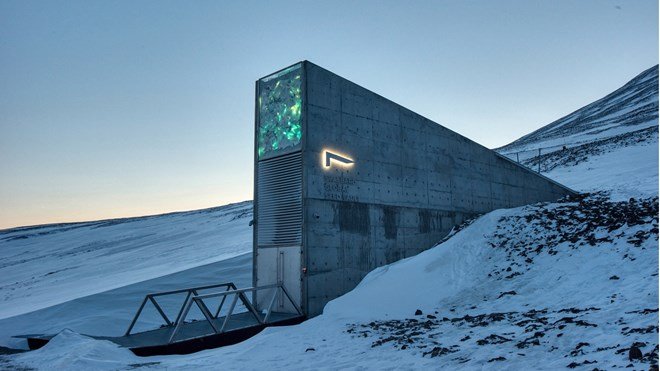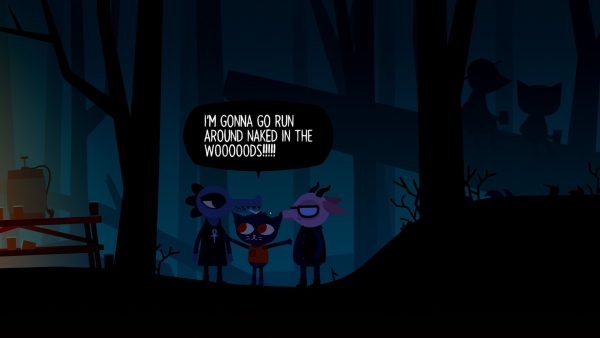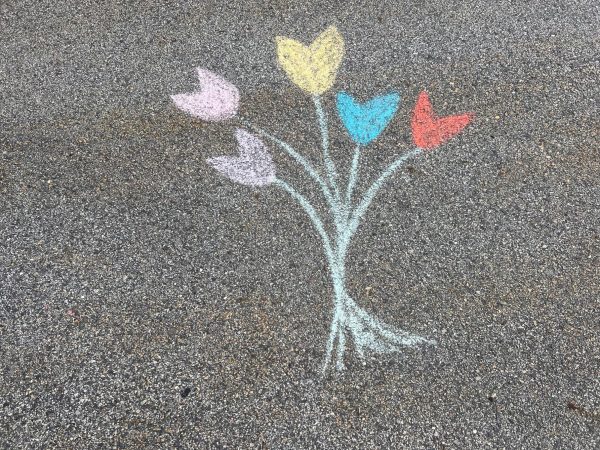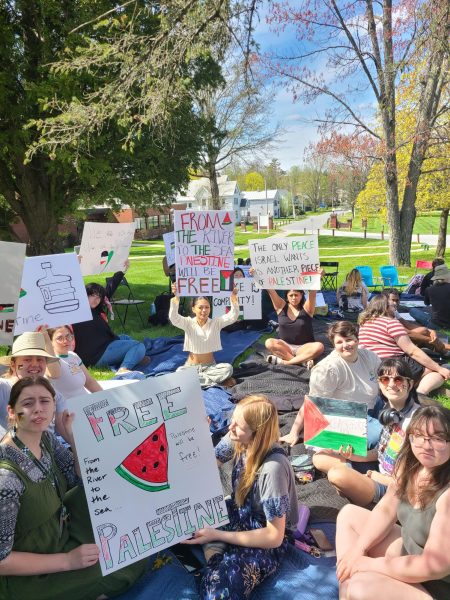Punk Science: world’s seediest hotel
The Svalbard Seed Vault
Hello again, fellow punk scientists.
It is finally time to cover one of the largest scientific issues that we are confronting this century.
That issue is, of course, climate change.
The trouble with covering climate change in a forum like Punk Science is that there is such a vast pool of information and source material for a topic that is, by necessity, on a global in scale.
To that end, I have narrowed in on two much more specific topics within the realm of climate change that also fit the Punk Science brand.
This issue, we will take a look at the Svalbard Seed Vault in Norway, a post-apocalyptic bunker of sorts that serves as a back up for the world’s seed population.
To begin this tale, the Svalbard narrative is located on Svalbard, an archipelago in the Arctic circle well above Norway.
The rationale for this placement was twofold. The first and foremost consideration was that Svalbard is incredibly remote, it’s the northern most point on the globe you can reach on a commercial flight, and thus is much less likely to suffer from human meddling. What that means more simply is that war and other calamities are far less likely to interfere in a place where there just aren’t a lot of people around.
The second reason is the location itself. Svalbard is tectonically stable, meaning it won’t disappear in an earthquake or some other natural disaster of that nature. Coupled with the fact that it’s about 100 meters above sea level, and up until 2016 it had a very secure layer of permafrost surrounding it, Svalbard seemed like a natural fit to store the world’s food diversity repository.
That time in 2016 is rather important to note, especially when you consider the climate change perspective that we are examining. 2016 was a record year for heat, and, ironically enough, the seed bunker on Svalbard that was supposed to outlast a systemic collapse of humanity was threatened by human driven climate change.
In October 2016, higher temperatures and increased rainfall weakened the layer of permafrost at the Svalbard vault. As a result, water leaked into the entry tunnel of the underground facility and managed to get partially down the passage before freezing from the vault’s sub-zero temperatures. No seeds were damaged in that incident, but it was a wake-up call for the designers of the vault who admitted they hadn’t imagined a world where melting permafrost would be an issue.
In 2019, the Norwegian government spent a sizeable chunk of cash to retrofit the vault, moving heat generating cooling units out of the entry tunnel, and bolstering the outside of the vault with water drainage channels and other measures.
Since that time, the vault has remained secure, and just last year it reached another milestone.
In 2020, the vault finally reached the threshold of over 1,000,000 specimens collected from around the world, making it one of the largest seed banks of its kind in the world.
This takes us back to the original purpose of the Svalbard Vault, which actually serves a purpose different from what most people imagine when they think of an apocalypse proof underground bunker that is supposed to protect the future of humanity’s food supply.
Instead of being a sealed vault that only opens once humanity has collapsed, the Svalbard Seed Vault is actually more like a back up for seed banks from around the world. The idea is that an organization can make a free seed donation to the storage facility, which, while owned by Norway, is not controlled by the country. This essentially makes the facility much like a safety deposit box at a bank. The bank owns the box, you own what you put in it.
The Svalbard vault works in the same way. Once a country or an organization makes a deposit, they can later withdraw those seeds if they need to.
Since it has been built, the Svalbard vault has only had one withdrawal. In 2015, the Syrian civil war was at its height, and the seed bank inside the county became inaccessible due to the fighting in and around Aleppo.
Because the International Center for Agricultural Research in the Dry Areas (ICARDA), the organization who maintained the seed bank in Syria, had stored seeds in the Svalbard vault, they were able to withdraw some of those seeds and start afresh in Lebanon and Morocco. Once they had a steady supply, ICARDA was able to make a deposit and replace the seeds that they had taken out, showing that the principal purpose of the Svalbard Seed Vault was successful.
For now, that’s all the science for this week. Make sure to watch for the next installment of Punk Science, where we’ll be looking at yet another fascinating topic in the STEM world. Until next time, farewell from Punk Science, where we’re making science cool again!

Senior, BFA Creative Writing major from Craftsbury, VT.
Resident Punk Scientist and Basement Medicine Web Wrangler.
I love science and writing, and...









